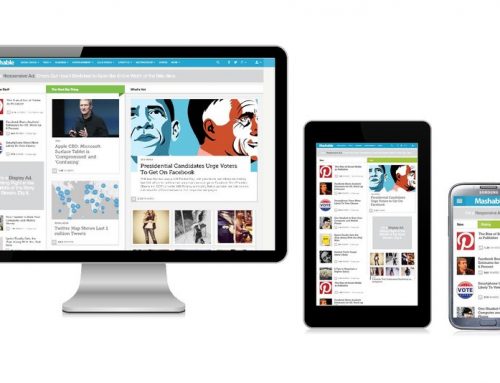For any company, old or new, the fastest and easiest way to overcome the innate distrust of prospects is by presenting them with unbiased customer reviews.
Consider:
- Online shopping: More than 99.9% of people check reviews when they shop online.
- In-store shopping: Surprisingly, most people take this further afield. 8 out of 10 people check reviews on their smartphones while shopping at a brick-and-mortar store.
- Level of trust: 49% of consumers have so much faith in online reviews that they trust them as much as recommendations from their own families.
- Number of reviews: Just a few reviews you use over and over again aren’t going to cut it. You need to keep soliciting fresh reviews. 60% of consumers heavily consider the number of reviews a business has before buying from them.
1. Smooth the Way
KISS: Keep it Simple…. The easier it is for a customer to leave a review, the more likely they will do it. Prominently place direct links to review platforms on your website, within email signatures, and on social media profiles can significantly reduce the effort required for a customer to leave feedback. Depending on your client’s type of business, consider using QR codes in physical locations or on receipts to direct customers straight to a review page on your website.
2. Use Various Review Platforms
Diversify where customers can leave reviews. While sites like Google, Trustpilot, and Yelp are popular choices, don’t overlook industry-specific platforms like TripAdvisor for travel, hotels and restaurants, or Houzz for home services. But as a starting point, make sure your Google Business Profile is up to date.
3. Engage with Existing Reviews
Interaction encourages more interaction. Customers want to be heard, and they appreciate your responses. Responding to both positive and negative reviews demonstrates to your customers that their opinions are valued.
A study by the Harvard Business Review found that businesses responding to reviews see a significant increase in the number of reviews they receive. Not only that, but they get better review ratings! Engaging with reviews can also help mitigate the impact of negative feedback by showing potential customers that the business is committed to customer satisfaction.
4. Ethically Incentivize Customer Reviews
Offering incentives for reviews can be a delicate balance. You need to follow the guidelines of the review platforms, and these guidelines often prohibit payment or rewards as an incentive.
Instead, consider offering a general incentive such as entry into a prize drawing or a discount on future purchases, without tying it directly to the act of leaving a review. This approach encourages feedback without compromising your integrity.
5. Educate Your Customers
Sometimes, customers don’t leave reviews simply because they don’t know how. Providing clear instructions or a brief guide on how to leave a review, what kind of feedback is helpful, and why reviews are important to your business can go a long way toward encouraging participation.
6. Timing Is Everything
You can greatly increase the probability of a customer leaving a review simply by timing the request well. Asking for a review immediately after a purchase might be too soon, because the customer may have not even used the product yet. But if you wait too long, they get past the time when they are still excited about their purchase.
You need to find that sweet spot. Finding the right moment to ask for a customer review such as after providing stellar customer support or once the customer has had enough time to assess their purchase (but not too long!) can increase the chances of receiving a review.
7. Personalize Your Approach
Personalization can significantly increase the effectiveness of your review requests. Addressing your customers by name (such as in an email campaign) and referencing specific aspects of their purchase or experience feels much more personal and compelling than shotgun emails. This approach not only enhances the customer experience but also demonstrates a genuine interest in their specific feedback.
8. Monitor and Analyze Review Trends
Regularly monitoring and analyzing the feedback you receive can provide valuable insights into customer satisfaction and areas for improvement. Tools like Google Alerts or online reputation management software can help you stay on top of new reviews across different platforms. Analyzing trends in feedback can also inform your business strategy and help identify areas where customer experience can be enhanced.
What Are the Best Ways to Gather Online Customer Reviews?
Now that we’ve seen why your clients need reviews, let’s look at some surefire ways to keep those reviews flooding in.
Want Help Gathering and Responding to Customer Reviews?
Today, online reviews can make or break a business. You need a strategic approach and the right technology to gather customer reviews for your clients.
To schedule a free consultation to discuss your needs for customer reviews, contact us.





